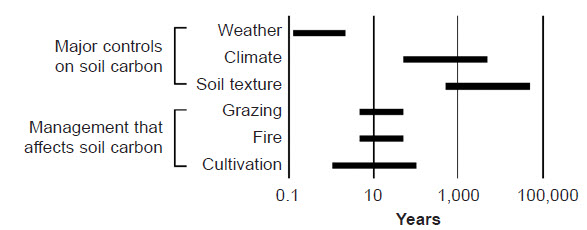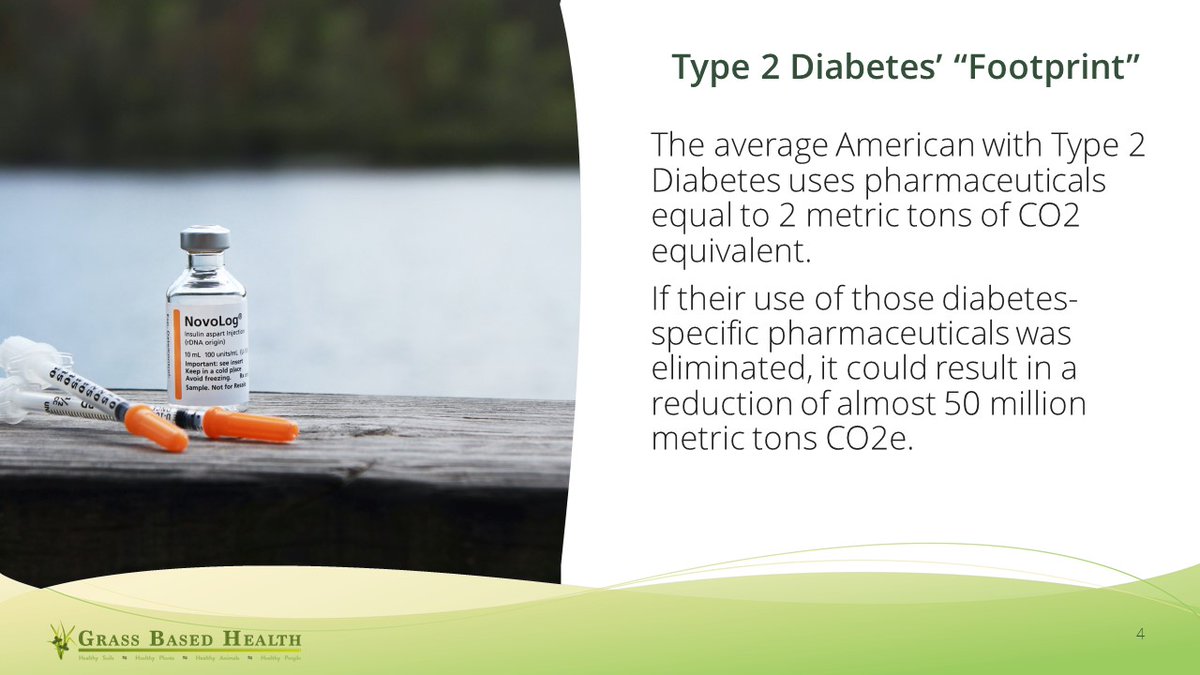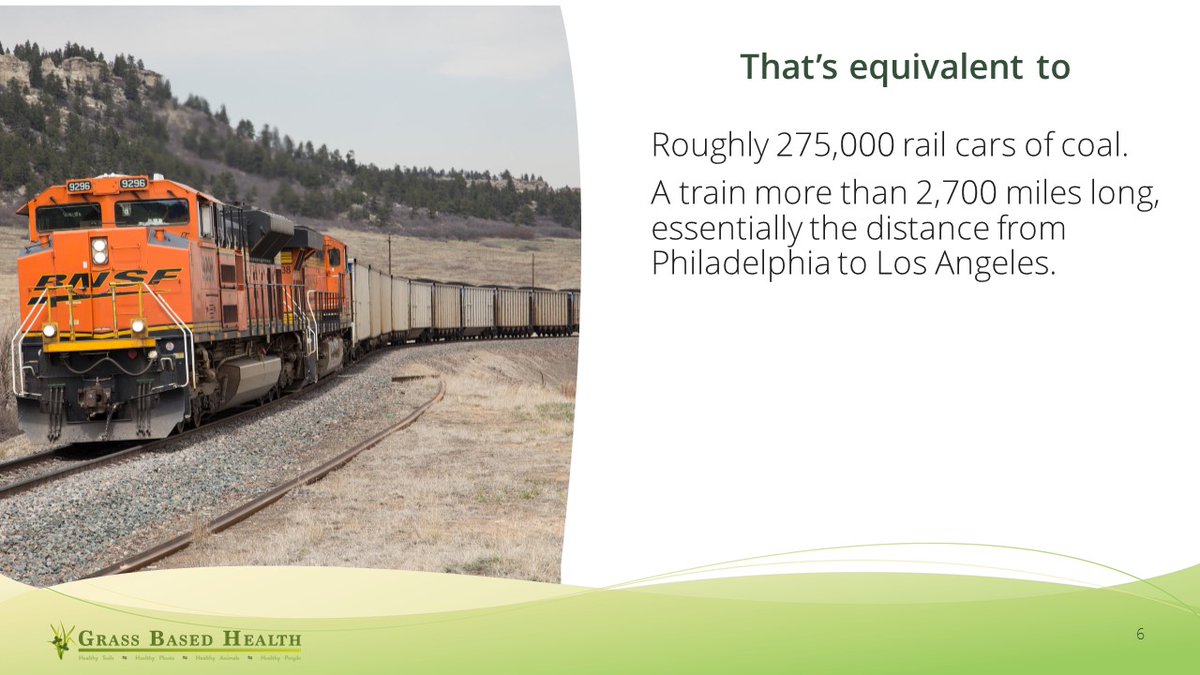
Where is the carbon in grasslands ("The upside-down forest").
An example of the distribution of carbon (C) stocks in the semiarid, shortgrass steppe ecosystems to 1 meter depth. 1/4
An example of the distribution of carbon (C) stocks in the semiarid, shortgrass steppe ecosystems to 1 meter depth. 1/4

2/4
Values are in kilograms per hectare, values in parentheses are turnover times of component pools.
94% below-ground
<15% below-ground C is “active"
Sanderson et al. 2020. Journal of Soil and Water Conservation. jswconline.org/content/75/1/5A
Values are in kilograms per hectare, values in parentheses are turnover times of component pools.
94% below-ground
<15% below-ground C is “active"
Sanderson et al. 2020. Journal of Soil and Water Conservation. jswconline.org/content/75/1/5A
3/4
It's critical to keep the grasslands intact, the single most important action in maintaining long-term C status.
Large amounts of soil C are lost quickly when grasslands are severely degraded or converted to other uses (e.g., to cultivation)
Sanderson et al. 2020
It's critical to keep the grasslands intact, the single most important action in maintaining long-term C status.
Large amounts of soil C are lost quickly when grasslands are severely degraded or converted to other uses (e.g., to cultivation)
Sanderson et al. 2020

• • •
Missing some Tweet in this thread? You can try to
force a refresh















